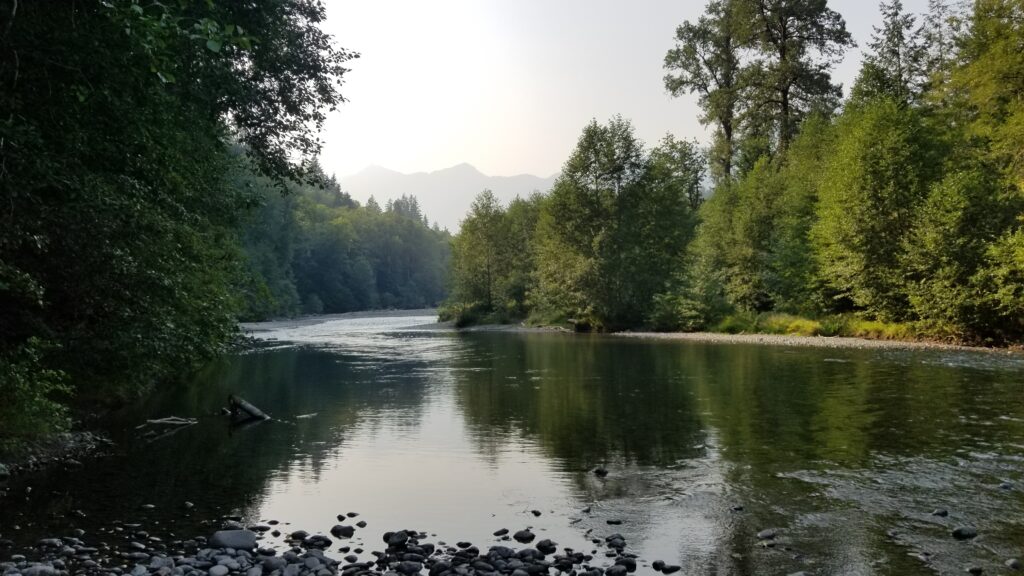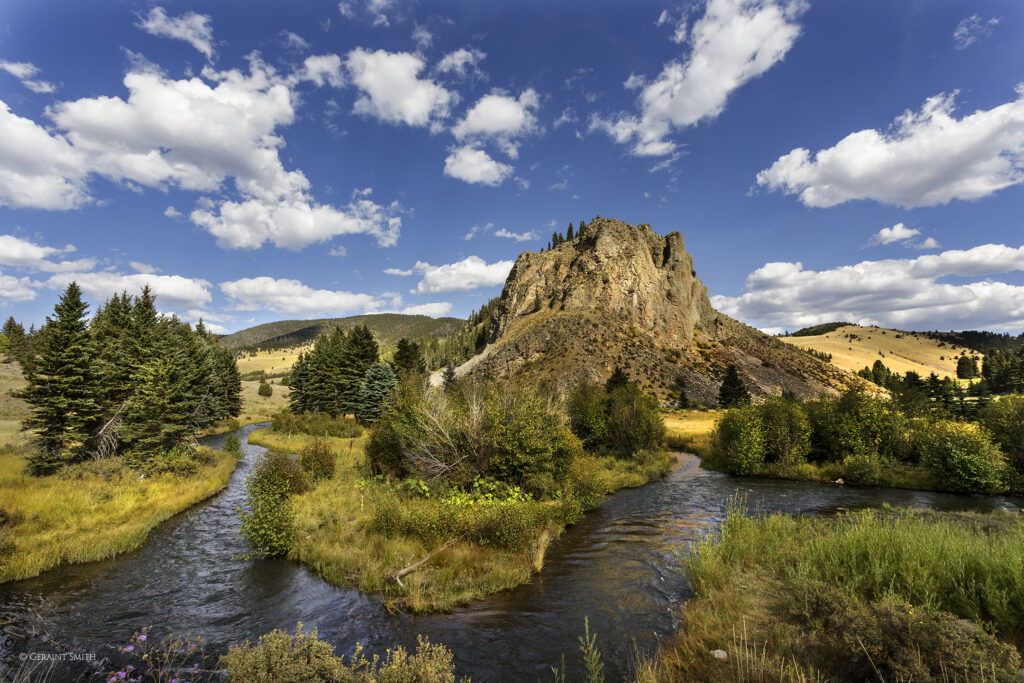What the FY2024 Appropriations Bills Mean for Rivers
Western water holds strong but Congress makes cuts to river programs

President Joe Biden on Saturday signed a $460 billion package of spending bills approved by the Senate in time to avoid a shutdown of many key federal agencies including EPA, NPS, NOAA, and DOI. The legislation’s success is met with mixed reactions as cuts to key programs will make it more difficult for agencies to improve river health and fully address climate change.
President Biden signed a budget package for water, environment, and energy agencies that includes earmarks for water projects and an EPA spending cut. Across 64 river health programs, less than half of the programs maintain level funding and a majority will see budget cuts under the final appropriations agreement for Fiscal Year 2024. This package while holding the federal government’s overall discretionary budget to roughly the same as last year means some river programs will see a cut due to the raise of inflation and other costs that are unaccounted for total spending.
Last year, the Fiscal Year 2024 River Budget recommended federal priorities for agencies, including the Department of Interior, Department of Agriculture, National Oceanic and Atmospheric Administration, and Environmental Protection Agency, to promote climate-smart agriculture practices, improve water infrastructure, restore watersheds, modernize flood management, and support dam removal and rehabilitation. The River Budget spotlighted needs in five key categories including promoting climate-smart agriculture, restoring watersheds, modernizing flood management, improving water infrastructure, and rehabilitating dams.
The partial budget package, signed into law, will place a focus on Western water infrastructure with modest increases to the Klamath Project ($47M), Lower Colorado River Operations Program ($49M), and the Central Valley Restoration Fund ($46M). As populations in the West grow and water supply shrink due to drought, this could not come at a better time but more needs to be done. The package does fund EPA’s geographic programs at the same level as last year, which is good but not great because costs due to inflation impacts agencies as they do companies and people. This package will ensure that we continue to address climate change and protect federal lands and endangered species while maintaining current staffing levels at national parks, wildlife refuges and more.
Below are a few other highlights from the FY24 Senate and House appropriation bills:
| Agency | Program | FY 24 Rec. From | Minibus 3/6/26 | About the Program |
| Army Corps | Engineering with Nature | $20M | $10.5M | Aligns natural and engineering processes to deliver economic, environmental, and social benefits |
| Environmental Protection Agency | Chesapeake Bay Program | $93M | $92M | Restores and protects water quality and ecological integrity in the Chesapeake Bay |
| National Oceanic and Atmospheric Administration | Pacific Coastal Salmon Recovery Fund | $65M | $65M | Protects, restores, and conserves Pacific salmon and steelhead |
| Bureau of Land Management | Wild and Scenic Rivers | $7.5M | Not referenced, but committee says agency will receive funding | Preserves rivers with outstanding natural, cultural, and recreational values |
| Bureau of Reclamation | Klamath Project | $35M | $46.6M | Provides funding to improve water supplies in the Klamath River Basin |
| National Parks Service | Partnership for Wild and Scenic Rivers Program | $5.5M | $5.3M | Protects outstanding rivers and river-related resources through a collaborative approach |
| U.S. Fish and Wildlife | National Fish Passage Program | $30M | $15M | Restores rivers and conserves aquatic resources by removing or bypassing barriers |
| Forest Service | Legacy Roads and Trails Program | $100M | $6M | Stormproofs stream crossings and fixes culverts that are necessary for fish passage in national forests |
*For a full update on river programs, see here.
While not perfect, we will urge our lawmakers to move forward with bipartisan solutions to deliver the necessary funding for river health programs in FY25 and beyond. We thank Senator Murray (D-WA), Senator Collins (R-ME), Congresswoman Kay Granger (R-TX), and Congresswoman Rosa DeLauro (D-CT) for working toward a bipartisan solution that meets the needs of people and rivers. Their leadership is instrumental in protecting our communities and giving rivers a fighting chance to bounce back. We understand tough choices must be made for us to find compromise and make progress on priorities.
Unfortunately, the approps package does have its drawbacks. It rejects hiring staff to work with producers and rural communities, chips away at EPA’s environmental justice programs, and makes us more dependent on oil and gas production. Reduced funding will only set rivers back. And while the Army Corps sees a boost in funding (an increase of $21 million), fewer funds are directed to flood and storm damage reduction. Additionally, the Fish and Wildlife Service will receive a $51 million cut and the National Park Service will receive a $150 million cut. However, the National Oceanic Atmospheric Administration gets a near 8% increase to its climate programs. At the end of the day, less funding means greater risks to communities and rivers when pollution standards are watered down, projects get canceled or delayed, and rulemakings cannot be started, finalized, and effectively implemented because of cost constraints or the inability for agencies to get the capacity they need to succeed.
This week, the Biden Administration announced the President’s Budget for Fiscal Year 2025, a set of federal agency priorities and funding requests. With the Fiscal Year 2025 discussions underway, stay tuned about how we can work together and put pressure on Congress and the Administration to support robust funding for our priorities and uphold our community’s topline recommendations in the River Budget for FY25.




2 responses to “What the FY2024 Appropriations Bills Mean for Rivers”
Show Films about California’s Wild & Scenic Rivers at the Kavli Theater, Thousand Oaks Performing Arts Center, Thousand Oaks CA. More lodges, hiking & biking trails, kayak and canoe rental shops must be built in the communities along the Klamath River to increase recreation opportunities. The Indian Tribes should run the lodges and the bike and kayak rental shops.
More water must flow into the Klamath River and less into agriculture. More lodges, hiking & biking trails, bike and kayak rental shops must be built to increase outdoor recreation along & on the Klamath River. The Indian Tribes should manage & profit from the additional lodges, bike & kayak shops. Show films about the klamath & other Wild & Scenic Rivers in California at the Kavli Theater , Thousand Oaks Performing Arts center, Thousand Oaks CA. Contact Jonathan Serret , jeserret@toaks.org to show films about California’s Wild & Scenic Rivers. Gary Hartung, hikersierras123@protonmail.com